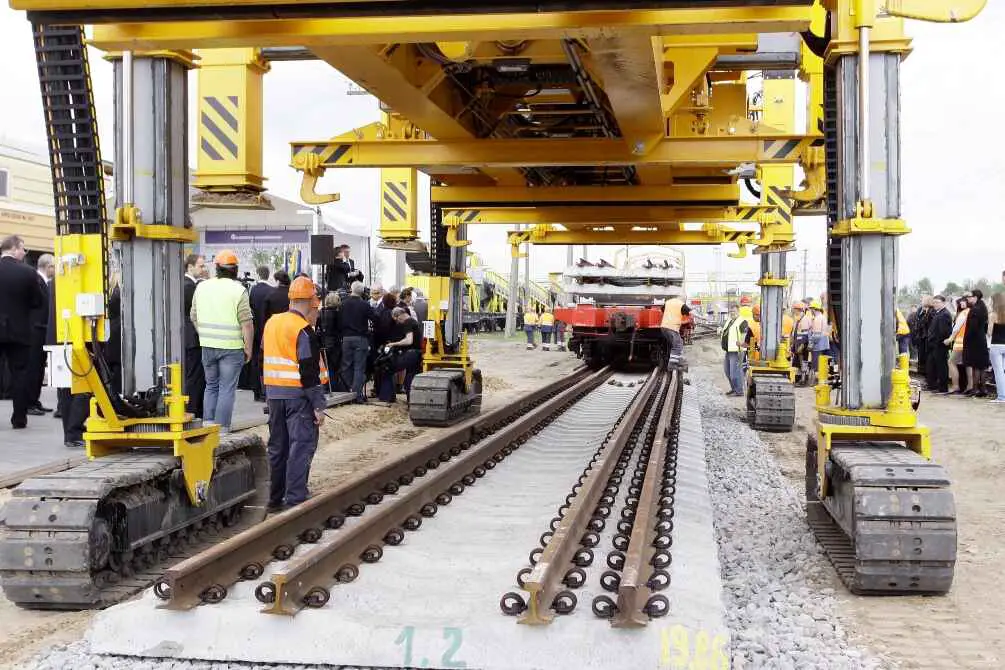5 Factory System Examples Explained
Factory system examples are; automobile factories, breweries, cotton manufacturing factories, organized construction, and equipment forging factories.
This article discusses some factory system examples, as follows;
1). Automobile Factories (as one of the Factory System Examples)
The automobile or automotive industry is concerned solely with the design, manufacturing and marketing of motor vehicles, their parts and accessories.
Automobile factories are a classic example of the factory system, and played a huge role in the development of machine-driven labor in its early stages.
Parts of the factory system with regards to automobile manufacturing include material conversion, design, and production segments [3].
Factory system approach is particularly needed in automobile manufacturing, because of the growing demand for vehicular transport.
Automobile factories have been prominent with respect to recent advancements and modifications of the factory system model.
One of the reasons for this is the growing importance of sustainable economic development, which focuses on how products and services can be delivered effectively with the lowest environmental impact [5].
Many of the latest innovations in factory system operations have been implemented in automobile factories, including artificial intelligence, renewable energy and robotics. These have led to improved versions of vehicles that include self-driven electric and hybrid car concepts.
2). Breweries
A brewery is a factory where beer is manufactured or produced from cereals like barley.
Like automotive manufacturing, beer production is a multi-step process that has significant level of complexity.
The manufacturing process in a brewery consists of malting, mashing, milling, extraction, heating, cooling, aeration, fermentation, and maturing, before the raw material is transformed to a finished product for packaging [4].
These processes become faster and more efficient when machines and large amounts of human labor are utilized in a mass-production framework.
Breweries are also among the earliest beneficiaries of the factory system approach, and have since seen improvements in the form of organizational and technological modifications to make them more socioeconomically sustainable.

3). Cotton Manufacturing Factories (as one of the Factory System Examples)
The factory system for cotton is the collaboration of large numbers of workers alongside machines, to convert raw cotton into usable fabric through processes like spinning, drying, bleaching, weaving and dyeing.
Cloth is produced in the factory system by the cooperation of agricultural, commercial and industrial entities. These groups work together to grow cotton plants and/or wool-producing cattle; harvest raw materials, transform these materials into finished products, and market these products to the public.
Cotton manufacturing is a good example of the factory system for a number of reasons that include the demand for large number of workers, the use of machines and the scale of production.
Like breweries and automobile factories, cotton manufacturing factories are continuously subjected to modifications aimed at improving their efficiency and output while mitigating their negative environmental, social and economic impacts.
4). Organized Construction
As the name implies, organized construction is the carrying out of projects in, or related to, construction, in a highly-organized manner.
Organization in the construction industry has to do with how the functions or roles of personnel are structured, and how this structure is utilized in projects.
A construction company is organized in a hierarchical order that places executive officers, managers, supervisors and coordinators over the company at various levels and in various departments. The outcome of this structure is a factory system in which division of labor is effective.
Organized construction is necessary for handling large-scale civil construction projects like those involving roads, dams and bridges. Like other examples of factory systems, it utilizes a large number of workers along with machines that aid in communication, design, conveyance of materials, quality control, and on-site construction.
Because of the importance of data and communication toward effective planning and execution of projects in construction, modern organized construction systems tend to depend on the collaboration between humans and smart devices, which is also known as Internet of Things (IoT) collaboration, to ensure that errors in both planning and execution are mitigated [2].

5). Equipment Forging Factories (as one of the Factory System Examples)
Equipment forging is the process whereby metal equipment and accessories made from steel, aluminum and copper among others, are designed or shaped from processed-ore materials.
Tools used for forging include anvil, tongs and hammers.
In the factory system-approach to equipment forging, manual labor is reduced by introducing forging machines which could be either hydraulic, mechanical or screw presses, among other types [1].
These machines, alongside multiple workers, increase the scale of productivity of the metalwork industry.
Equipment forging is particularly important because it is related to all other industrial sectors of the economy, which depend on equipment for their own production.
Aside equipment, forging factories are also responsible for the manufacture of components for automobiles, aircrafts, as well as of construction materials.
Conclusion
Factory system examples are;
1. Automobile Factories
2. Breweries
3. Cotton Manufacturing Factories
4. Organized Construction
5. Equipment Forging Factories
References
1). Gontarz, A.; Drozdowski, K.; Michalczyk, J.; Wiewiorowska, S.; Pater, Z.; Tomczak, J.; Samołyk,.G.; Winiarski,.G.; Surdacki, P. (2020). "Forging of Mg-Al-Zn Magnesium Alloys on Screw Press and Forging Hammer." Materials 14(32):1-21. Available at: https://doi.org/10.3390/ma14010032. (Accessed 18 March 2023).
2). Khurshid, K.; Danish, A.; Salim, M. U.; Bayram, M.; Ozbakkaloglu, T.; Mosaberpanah, M. A. (2023). "An In-Depth Survey Demystifying the Internet of Things (IoT) in the Construction Industry: Unfolding New Dimensions." Sustainability 15(2). Available at: https://doi.org/10.3390/su15021275. (Accessed 18 March 2023).
3). Omar, M. A. (2011). "New Concept in Automotive Manufacturing; a System-Based Manufacturing." New Trends and Developments in Automotive Industry. Available at: https://doi.org/10.5772/13143. (Accessed 18 March 2023).
4). Strobi, M. (2019). "Continuous Beer Production." Beer and Brewing. Available at: https://doi.org/10.5772/intechopen.86929. (Accessed 18 March 2023).
5). Williams, A. (2006). "Product-service systems in the automotive industry: The case of micro-factory retailing." Journal of Cleaner Production 14(2):172-184. Available at: https://doi.org/10.1016/j.jclepro.2004.09.003. (Accessed 18 March 2023).

